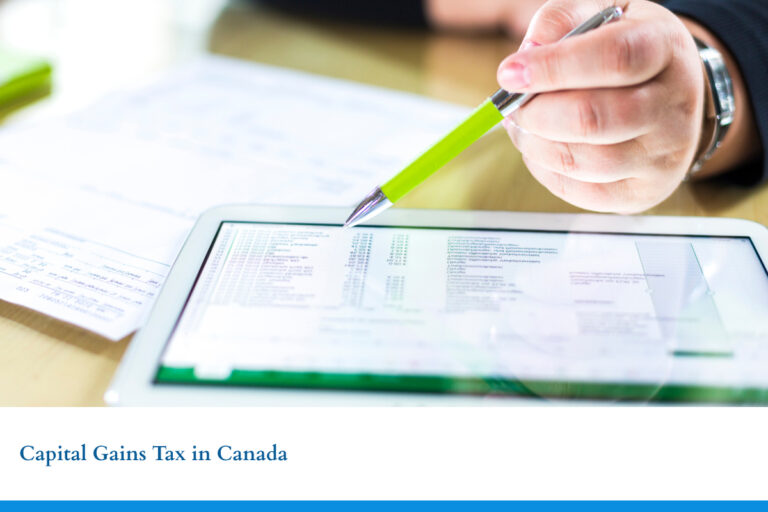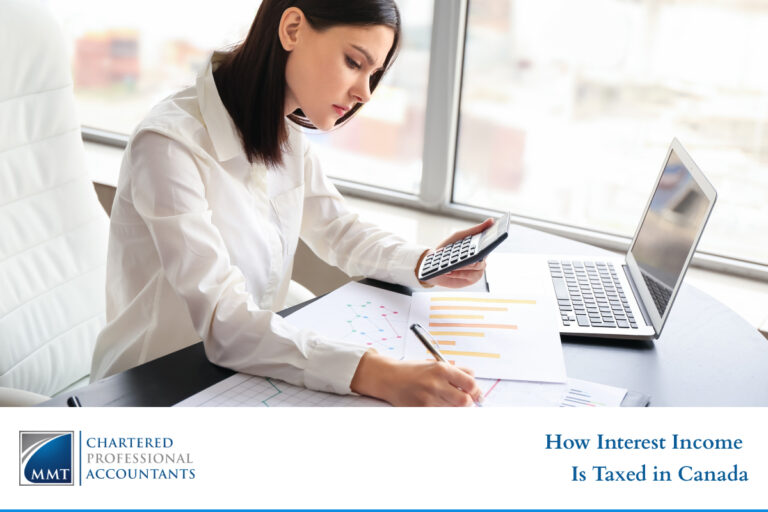Tax planning is essential for maximizing income and minimizing tax liabilities, particularly for healthcare professionals like nurse practitioners (NPs) in Alberta. With unique income structures, professional requirements, and potential deductions, NPs can benefit greatly from tailored tax strategies.
Understanding the Tax Obligations of Alberta Nurse Practitioners
Alberta nurse practitioners face specific tax obligations that vary based on their employment status and income. Here’s what you need to know:
- Employment Status
Your tax filing requirements and eligible deductions may differ depending on whether you are an employee, independent contractor, or self-employed. Employees typically have taxes withheld at source, while contractors or self-employed individuals are responsible for paying their taxes directly to the Canada Revenue Agency (CRA). Understanding your status helps ensure you meet CRA requirements and optimize your tax deductions. - Income Levels and Tax Brackets
Alberta uses a progressive tax system where your tax rate increases as your income rises. Nurse practitioners who experience higher earnings may be in higher tax brackets, which can significantly impact tax planning decisions. Implementing effective strategies to lower taxable income, such as contributing to retirement savings, can be particularly beneficial. - Unique Considerations
Healthcare professionals like NPs may have specific deductions available, which we’ll explore further. Staying informed about these options can help nurse practitioners save on taxes while remaining compliant with CRA rules.
Key Deductions Nurse Practitioners Can Take Advantage Of
Maximizing deductions is one of the most effective ways to reduce taxable income. Here are some deductions that Alberta nurse practitioners should be aware of:
- Home Office Deduction
If you perform some of your administrative work from home, you may be eligible for a home office deduction. This deduction allows you to claim a portion of your rent or mortgage interest, utilities, internet, and property taxes. To qualify, you must have a dedicated workspace and use it primarily for work-related purposes. - Professional Licensing and Association Fees
Membership in professional organizations like the College and Association of Registered Nurses of Alberta (CARNA) is often required for practicing NPs. Fees for these memberships are typically tax-deductible, as they are necessary for your profession. - Continuing Education and Training
Maintaining up-to-date knowledge is essential for healthcare professionals. Expenses for courses, certifications, and workshops that enhance or maintain your professional skills are generally tax-deductible. Keep track of tuition fees, textbooks, and other related expenses, as these can be claimed to reduce taxable income. - Uniforms and Medical Equipment
The costs associated with uniforms (e.g., scrubs) and other necessary medical supplies may be tax-deductible. If you purchase stethoscopes, medical tools, or protective equipment, keep receipts for these items as they may qualify for deductions. - Vehicle Expenses (for Mobile NPs)
Nurse practitioners who travel between locations or visit clients can claim vehicle expenses. This can include fuel, maintenance, insurance, and depreciation based on the percentage of use for work-related purposes. Maintaining a detailed log of your mileage and expenses is essential to support these deductions.
Additional Tax Planning Strategies for Nurse Practitioners
Beyond basic deductions, here are some strategies that can help you reduce taxes and optimize your financial health:
- RRSP Contributions
Contributing to a Registered Retirement Savings Plan (RRSP) is one of the most effective ways to lower your taxable income. RRSP contributions are tax-deductible, meaning they reduce the income subject to tax. Additionally, the investments within your RRSP grow tax-free until withdrawal, making it a powerful tool for retirement savings and tax planning. - Tax-Free Savings Account (TFSA)
A Tax-Free Savings Account (TFSA) allows you to save and invest without paying taxes on the growth or withdrawals. TFSAs can be a useful supplement to your RRSP, especially for shorter-term savings goals. Unlike RRSPs, TFSAs do not provide an immediate tax deduction, but they allow your investments to grow without tax, providing flexibility and long-term benefits. - Income Splitting
Income splitting can reduce your family’s overall tax burden if you have a spouse or family members in a lower tax bracket. This strategy involves shifting income to lower-income family members where possible. For example, you could split pension income or transfer unused tax credits. Consulting a professional is recommended, as income splitting has specific rules and limitations. - Medical Expense Tax Credit
Healthcare costs can add up quickly, and the Medical Expense Tax Credit allows you to claim eligible medical expenses for yourself, your spouse, or dependents. This credit applies to various costs, including prescription medications, medical devices, and therapy sessions, providing additional tax relief.
Common Mistakes to Avoid
Avoiding these common tax mistakes can help you stay compliant and maximize your tax benefits:
- Failing to Keep Detailed Records
Accurate record-keeping is essential for supporting your deductions and credits. Maintain organized records of receipts, invoices, and other documentation for at least six years, as the CRA may request proof for certain deductions. - Missing Filing Deadlines
Late filing can result in penalties and interest charges. Make it a priority to file your taxes on time to avoid these unnecessary costs. Filing on time also ensures that you receive any potential tax refunds promptly. - Overlooking Tax Planning Opportunities
Many individuals wait until tax season to consider their tax situation. However, proactive tax planning throughout the year allows you to take advantage of more tax-saving opportunities. A financial advisor or CPA can help you identify these opportunities well in advance.
How MMT CPA Can Help Alberta Nurse Practitioners
At MMT CPA, we understand that nurse practitioners have unique tax needs and face specific challenges. Our team of experienced tax professionals is here to guide you through the tax planning process, ensuring that you’re making the most of your deductions and strategic opportunities. Here’s how we can help:
- Specialized Knowledge: With experience working with healthcare professionals, we understand the unique requirements and deductions available to nurse practitioners.
- Personalized Tax Planning: We offer tailored tax planning services to help you maximize deductions and minimize tax liabilities, considering your circumstances.
- Comprehensive Support: From preparing your tax returns to providing year-round tax planning advice, MMT CPA ensures your financial well-being, allowing you to focus on your patients.
Effective tax planning is essential for Alberta nurse practitioners looking to maximize their income and minimize tax obligations. You can make the most of your earnings by taking advantage of available deductions, exploring tax-efficient savings strategies, and staying proactive. Working with a professional like MMT CPA, ensures that you’re fully compliant and making the best financial decisions for your future.
Contact MMT CPA today to learn more about how we can support your tax planning needs. Our team is ready to provide personalized advice to help you achieve financial success and peace of mind.





